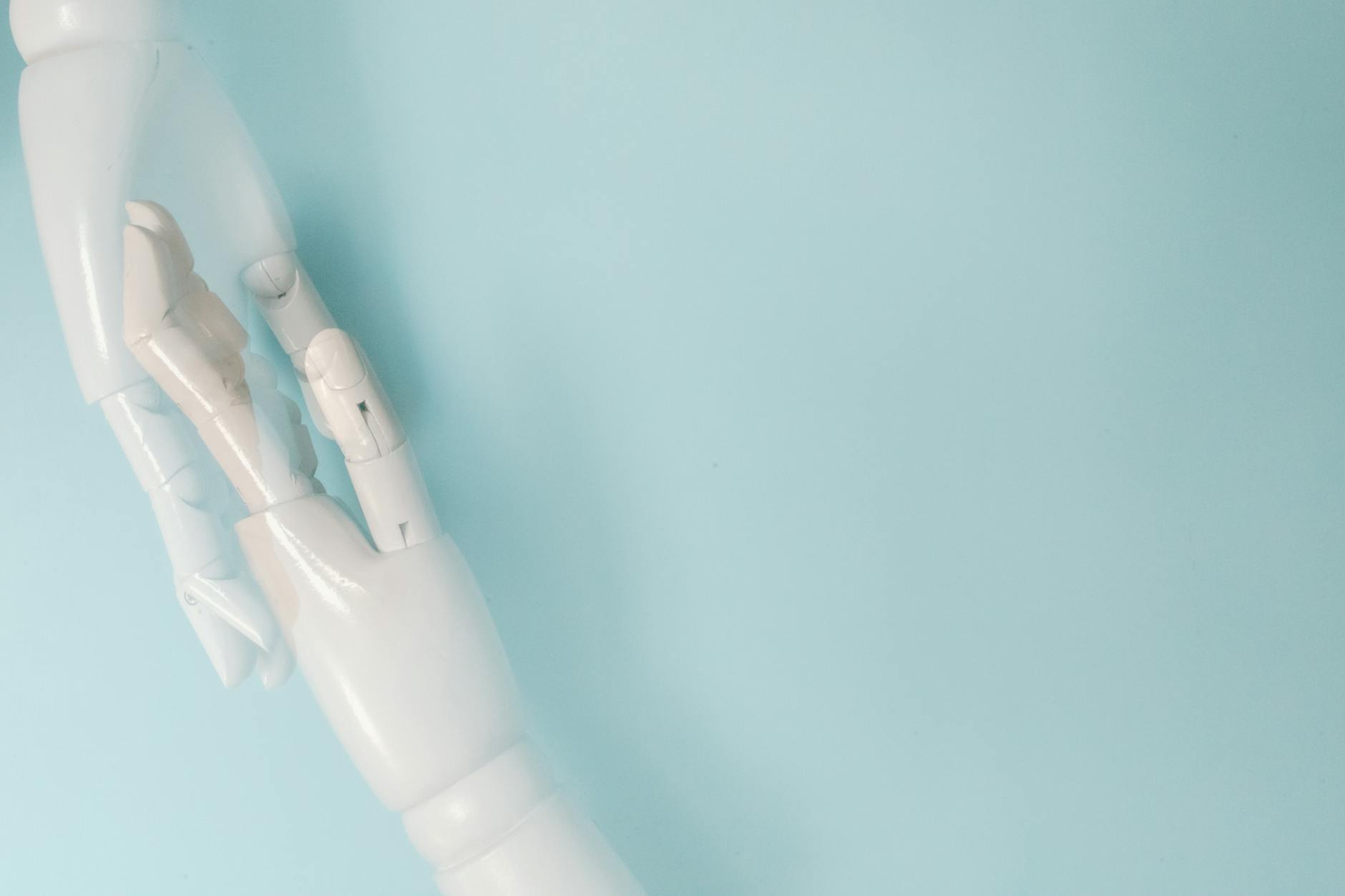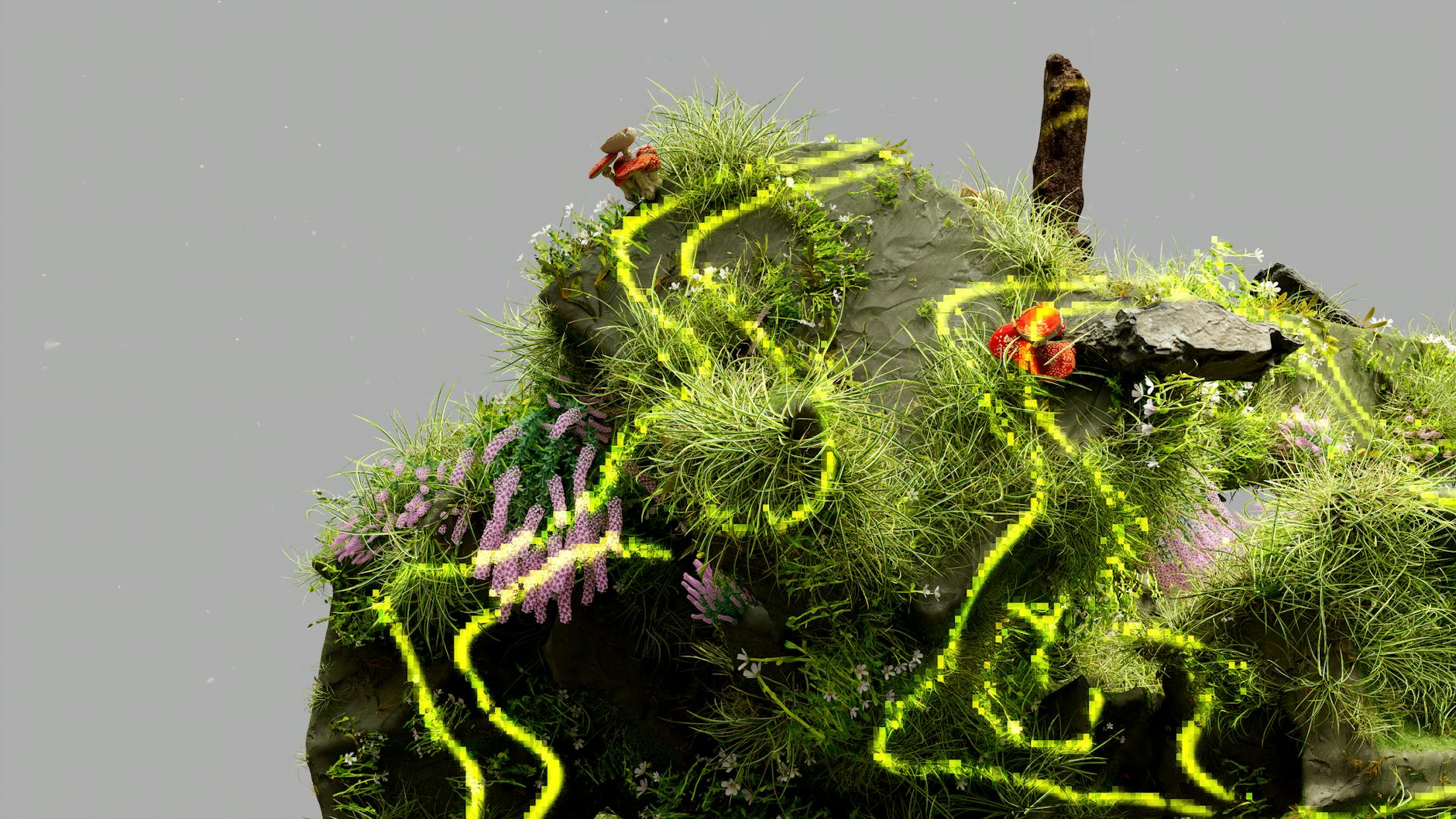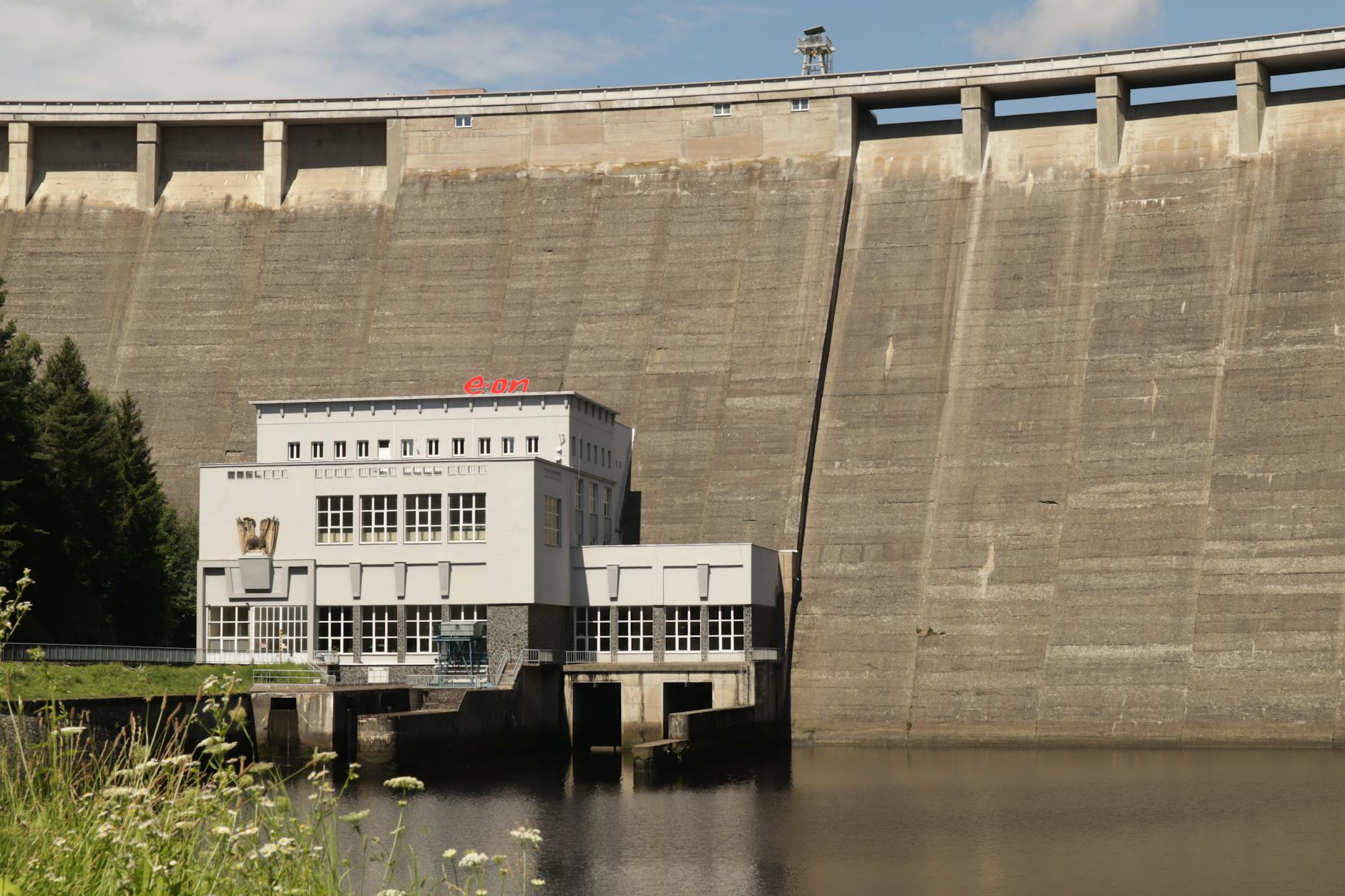- Understanding Swarm Intelligence in Robotics
- Applications of Swarm Intelligence in Robotics
- Benefits of Swarm Intelligence in Robotics
- Swarm Robotics: Redefining Automation
- The Future of Swarm Intelligence in Robotics
In the rapidly evolving field of robotics, swarm intelligence is emerging as a groundbreaking approach that is revolutionizing the way robots operate and interact with their environment. By harnessing the collective behavior of decentralized, self-organized systems, robots can work together seamlessly to achieve complex tasks efficiently and cost-effectively. In this article, we will explore the concept of swarm intelligence in robotics, its importance, applications, benefits, and how it is redefining the future of automation.
Understanding Swarm Intelligence in Robotics
Swarm intelligence is a concept inspired by the collective behavior observed in natural systems, such as flocks of birds, schools of fish, and colonies of ants. In robotics, this concept is applied by creating a group of autonomous robots that communicate with each other to achieve a common goal. These robots interact with one another through simple rules and local sensing, enabling them to exhibit sophisticated behavior as a collective entity.
Applications of Swarm Intelligence in Robotics
The applications of swarm intelligence in robotics are vast and diverse. One of the most prominent applications is in the field of search and rescue operations. Swarm robots can work together to explore disaster areas, locate survivors, and deliver supplies without risking human lives. In agriculture, swarm robots can be used for precision farming, monitoring crops, and applying pesticides efficiently. In manufacturing, swarm robots can collaborate to optimize production processes, resulting in increased productivity and reduced costs.
Benefits of Swarm Intelligence in Robotics
The use of swarm intelligence in robotics offers several key benefits. Firstly, it enables robots to adapt to dynamic and unpredictable environments more effectively. By leveraging the collective intelligence of the swarm, robots can overcome obstacles, navigate complex terrains, and handle uncertainties with ease. Secondly, swarm robotics allows for scalable and flexible solutions. As more robots are added to the swarm, their collective capabilities increase, enabling them to handle larger tasks and operate in a distributed manner. Lastly, swarm intelligence in robotics can lead to cost reduction by optimizing resource utilization, minimizing downtime, and improving overall efficiency.
Swarm Robotics: Redefining Automation
Swarm robotics is reshaping the landscape of automation by offering a more versatile and robust approach to task execution. Unlike traditional robotics systems that rely on centralized control, swarm robots operate independently while coordinating with each other to achieve a common objective. This decentralized approach not only enhances the adaptability and resilience of robotic systems but also opens up new possibilities for applications in various industries.
The Future of Swarm Intelligence in Robotics
As technology continues to advance, the potential of swarm intelligence in robotics is only just beginning to be realized. Researchers are exploring new algorithms, architectures, and technologies to further enhance the capabilities of swarm robots. From collaborative aerial drones to autonomous underwater vehicles, the future of swarm intelligence in robotics holds immense promise for transforming industries, improving efficiency, and pushing the boundaries of automation.
In conclusion, swarm intelligence in robotics is a cutting-edge paradigm that offers a cost-effective and efficient solution to complex tasks. By leveraging the collective power of decentralized systems, swarm robots can navigate challenging environments, collaborate seamlessly, and achieve remarkable results. As the field continues to evolve, we can expect to see more innovative applications and advancements that will shape the future of automation.


